
Planetary Motion Demo
This is a basic two-body orbital motion simulator using a fictitious planet and the Sun. The Sun is assumed to be significantly more massive than the planet such that the Sun's position remains fixed. The user can reset the simulation with any initial velocity and any initial radial distance that they choose. The velocities for a circular orbit and for escape velocity are given as reference. Based on the initial velocity, the eccentricity for the orbit is calculated and displayed allowing demonstrations of various elliptical and circular orbits (e <1) as well as parabolic (e=1) and hyperbolic (e>1) trajectories.
All data accepted as input and all data displayed are presented in physical units so that comparisons to real objects in our solar system can be modeled. This also means that students can use the orbital geometry data to calculate the circular and escape velocities and the orbital period for themselves, allowing for the demonstration of all three of Kepler's Laws of Planetary Motion.
The simulator begins with the data for the orbit of Mars since that's the planet Johannes Kepler chose to first examine as he solved the puzzle of planetary motion. The text of Kepler's Three Laws can be displayed by pressing K followed by pressing 1, 2, and 3 on the keyboard. K activates the text panel, and the numbers toggle the visibility of each of the three laws, respectively, allowing this tool to be used as part of a live lecture or recorded for as part of a video lecture in addition to being an exploratory tool for students.
| Status | Released |
| Platforms | HTML5, Windows, macOS |
| Author | J. Douglas Patterson |
| Genre | Educational |
| Made with | Unity |
| Tags | astronomy, demonstration, keplers-laws, orbital-motion, Physics, Tutorial |
Download
Development log
- Volume ControlDec 22, 2022
- Functionality UpgradesNov 19, 2020
- Upgrading the UIJul 15, 2020
- New UI With Physical UnitsOct 14, 2019
- Kepler's 2nd Law FeatureSep 08, 2019
- Added Camera MotionSep 02, 2019
- Now with data!Aug 31, 2019
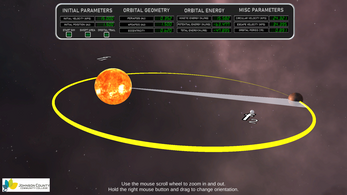
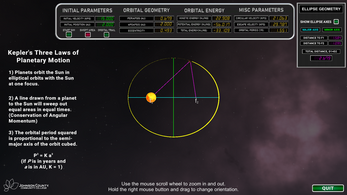
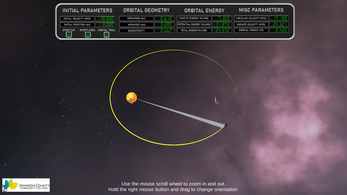
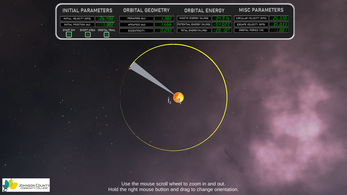
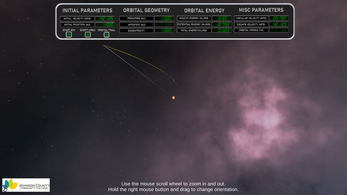
Leave a comment
Log in with itch.io to leave a comment.